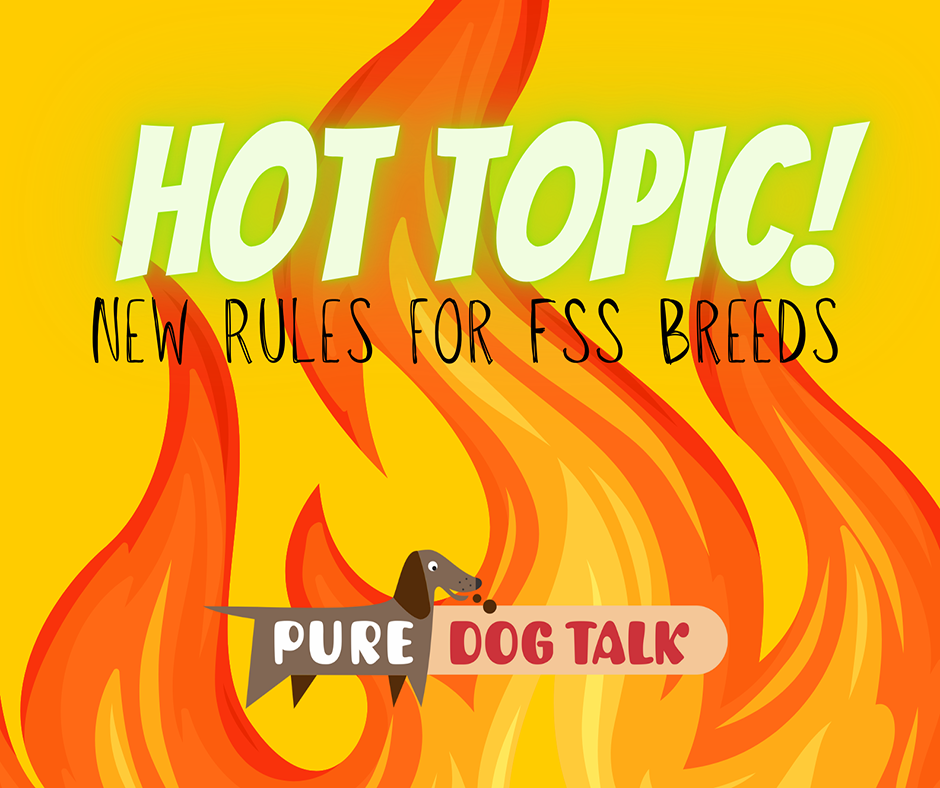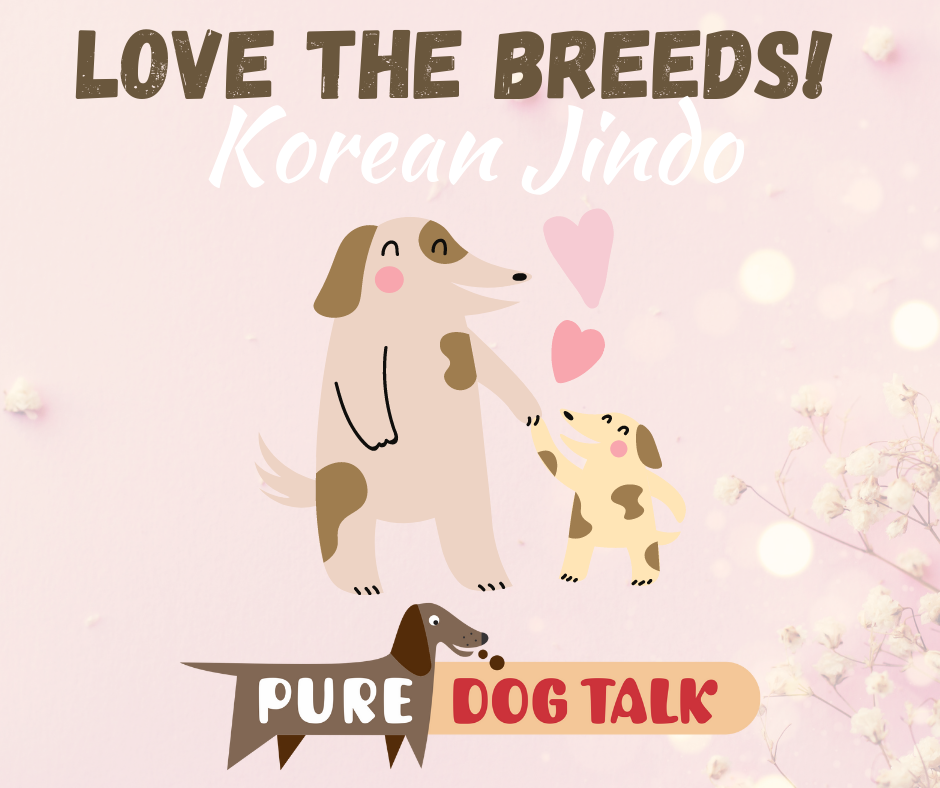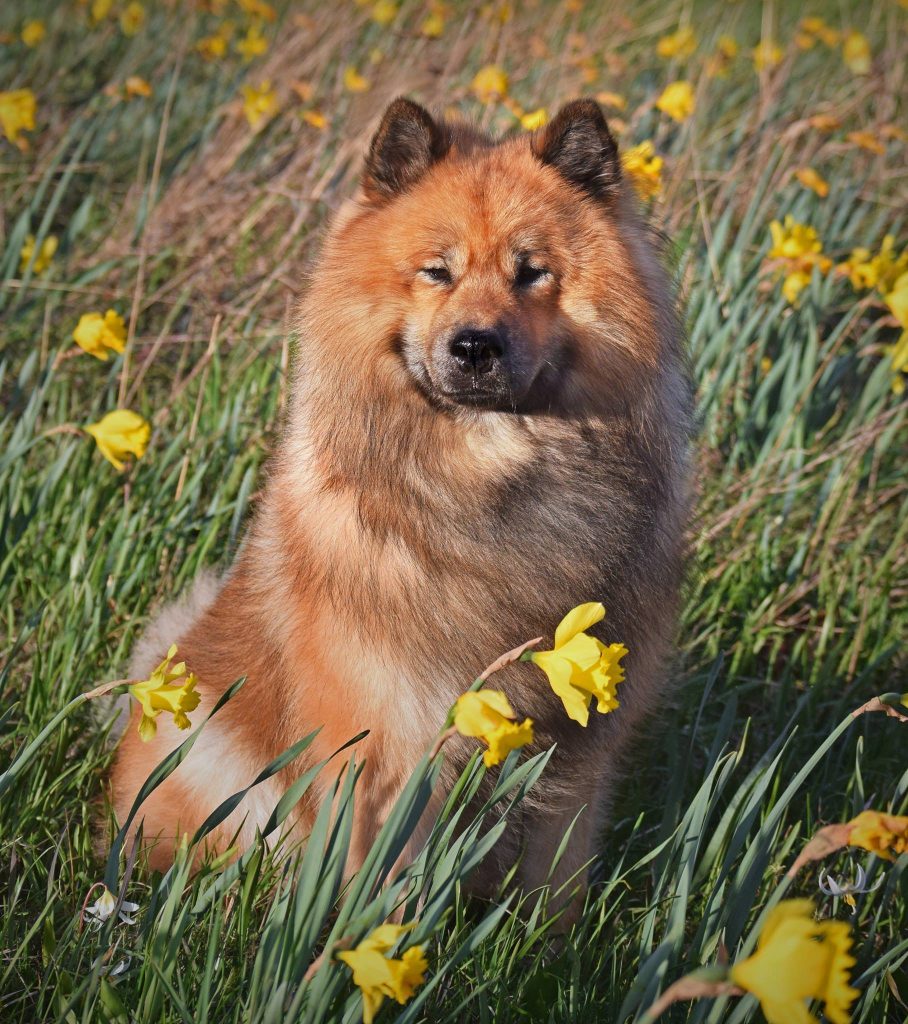703 – Hot Topic: New Rules for FSS Breeds
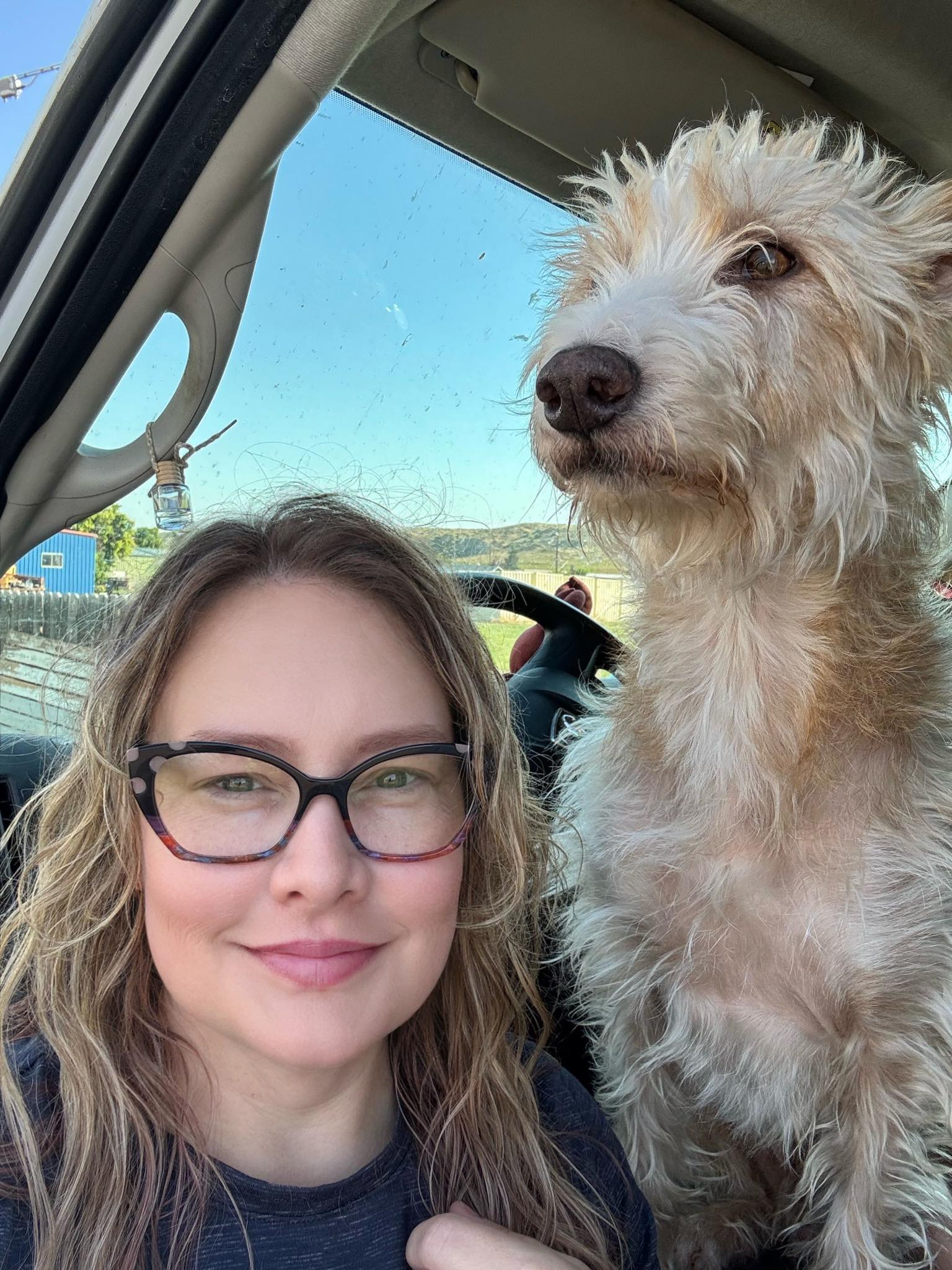
Veronica Miller and a Portugese Podengo Medio.
Hot Topic: New Rules for FSS Breeds
Host Laura Reeves is joined by Veronica Miller, Portugese Podengo Medio enthusiast, to discuss newly announced rules about FSS breeds.
The August Board minutes launched a number of hot topics and discussions, including around limited registrations, but one of the hottest is taking place in the FSS community. The enthusiasts in this group are working with breeds progressing toward full AKC recognition. Many of these breeds are ancient and popular in other countries.
“Since I came in initially,” Miller said, “we had to have 300 dogs registered. We met that. Then it was you had to have a minimum of 20 litters. We had hit that, but then they moved it to 20 liters within five years after moving to miscellaneous. We’re about one litter away from meeting that and now it’s 20 litters within three years.
“And most of these changes have taken place since 2018. So, in a short number of years there have been a whole lot of changes. There has been no outreach to any of our breed clubs. We hear from AKC that they are a club of clubs, but changes are made for FSS and miscellaneous breeds without our input. And without any discussion or reasoning.
“We want to make sure that we do have a healthy gene pool and good genetics within our breed. We also want to make sure that we have appropriate homes and forcing a set number of litters could potentially lead to people making poor decisions for the dogs.
“And the other thing with this particular board decision that really, I think, pushed a lot of buttons is when things come before the board, it is brought before the board discussed and then they leave it until the next board meeting when it’s been voted on, which allows for a feedback. And that did not happen.
“A lot of this group is the under 40 crowd, which is not the usual. We have found breeds that we love and want to dedicate our lives to, and just because it’s not the usual breed that’s out there, it doesn’t make them worth any less. We have the breeds that we have because they are special to us. And these folks are incredibly dedicated to these dogs.
“We are really dedicated and want to do more with our dogs, which is the whole point here, but we’re being held back in so many ways. And unfortunately, that’s going to turn these folks away from AKC and they may go to other venues or they may just stay at home with their dogs. And then we’re losing a huge segment of people that could really grow our sport.”
485 — Korean Jindo: Independent, reserved, polite and serious
Korean Jindo: Independent, reserved, polite and serious
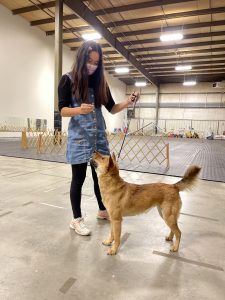
Hannah Yi and her Jindo practicing for Junior Showmanship competition.
Hannah Yi and Nichole Royer join host Laura Reeves to share information about the rare and fascinating Korean Jindo.
Developed on Jindo Island, off South Korea’s coast, as an isolated population of centuries old village dogs, the breed is a cultural icon in its home country. Renowned for its ability to find its way home, a feature memorialized in Korean culture, Jindo are dedicated hunting dogs and very serious about guarding their home.

Jindo in South Korea.
“They were developed as a pretty hardcore hunting and guard dog,” Royer noted. “They are generally used for hunting small game, but they also hunt deer and even wild boar in small groups. They are not a breed that developed hunting along with their owners. They actually expected Jindos to go out and catch small game on their own and bring it home.
“When they chased down something like a deer, and I should add the deer and the wild boar on Jindo island are not the size of the deer and wild boar we have here in the US. The deer are much smaller … a small group of Jindos would chase them down and then a couple of the Jindos would stay there to guard the deer, while one or two dogs went to find the owner.
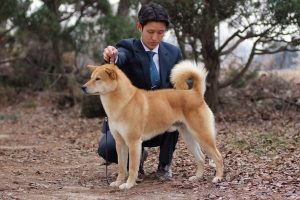
Jindo in South Korea
“(They were) designed to go out, be able to think for themselves, be able to make their own decisions. They take their owner’s wishes under advisement, but really are not designed to go around saying ‘what can I do for you.’ It’s a partnership rather than being what the dog can do for their owner.”
“I visited Korea a couple of times as a child,” Yi said, “and in the neighborhood and a bit of the rural parts, you would see them outside … I always (had them) pointed them out ‘hey, that’s a Jindo dog.’ They’ve always been a really independent spirit. Even though I didn’t know much about them as a kid, I just knew that (they were) culturally ingrained in your knowledge.
“(The story in Korea is) there was this dog and it was a white Jindo dog … it lived with its elderly owner in the city. But one day the owner had to sell the dog. So it was really far away. Then seven months later, the dog appeared back to the owner’s house. It found its way home. So that’s just really stuck to a lot of people. There are a lot of children’s books and merch made about that and it was just really interesting to me. I’ve just always known that story.”
While Dog Aggression is a serious awareness with the breed, Royer notes, “They are intelligent guard dogs that are not looking for that excuse. They will act if they have to, but they’re not looking to want to act.
“Same sex dog aggression is absolutely the norm in this breed. This breed in public should not be aggressive towards other dogs without good reason. However a strange dog getting in their personal space absolutely is good reason. They do not tolerate fools lightly and they do not tolerate rude behavior from other dogs. Jindos never pulled their punches. If they choose to use their teeth, they intend to do damage.
“Jindos tend to be a one person or one family dog. They should never be aggressive without good reason. But they also generally are not going to be like my malamutes who will jump into everybody’s lap and everybody is their new best friend. They range from being very reserved ‘I don’t know you, so I don’t really want you touching me’ to being calmly friendly. Very polite.”

